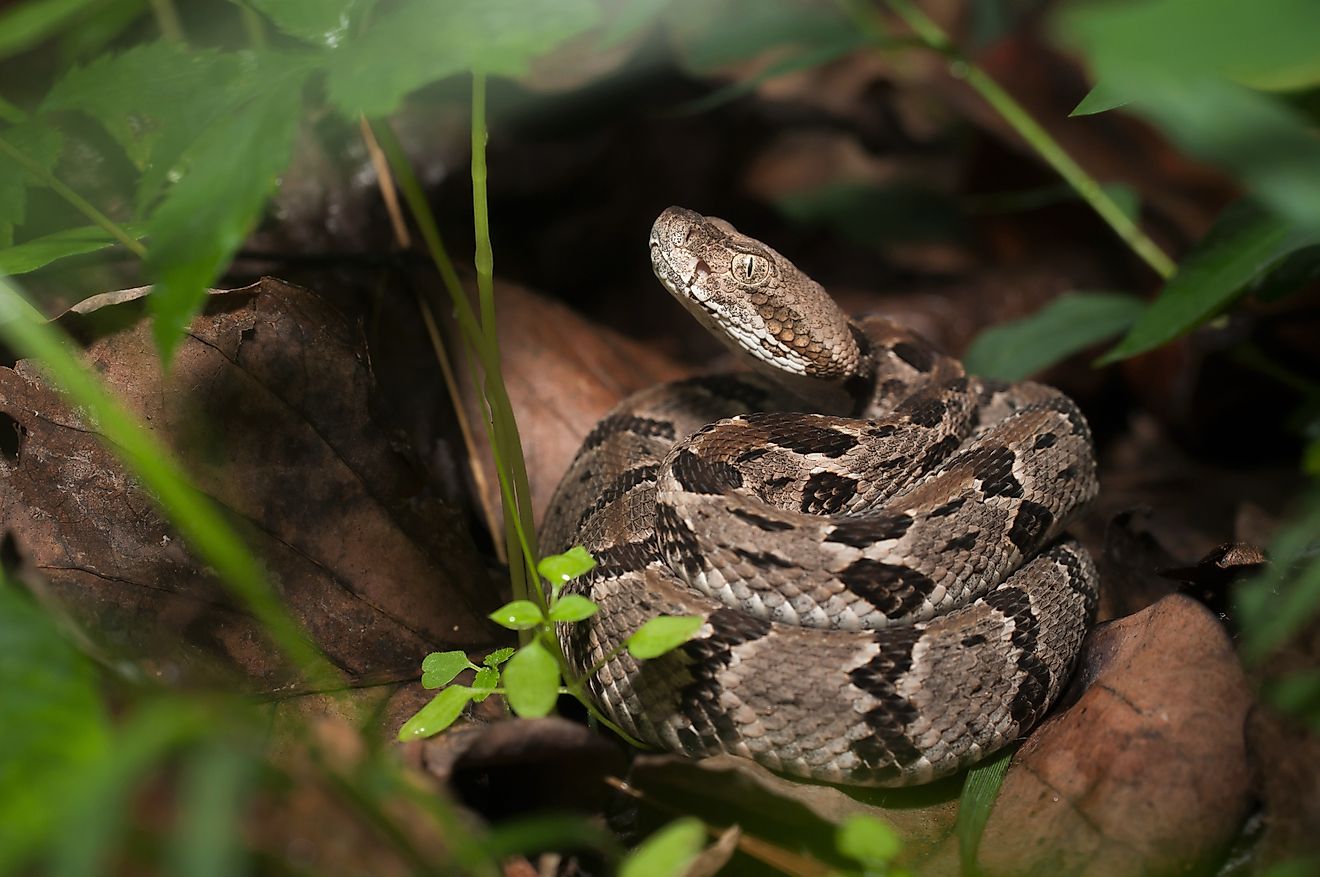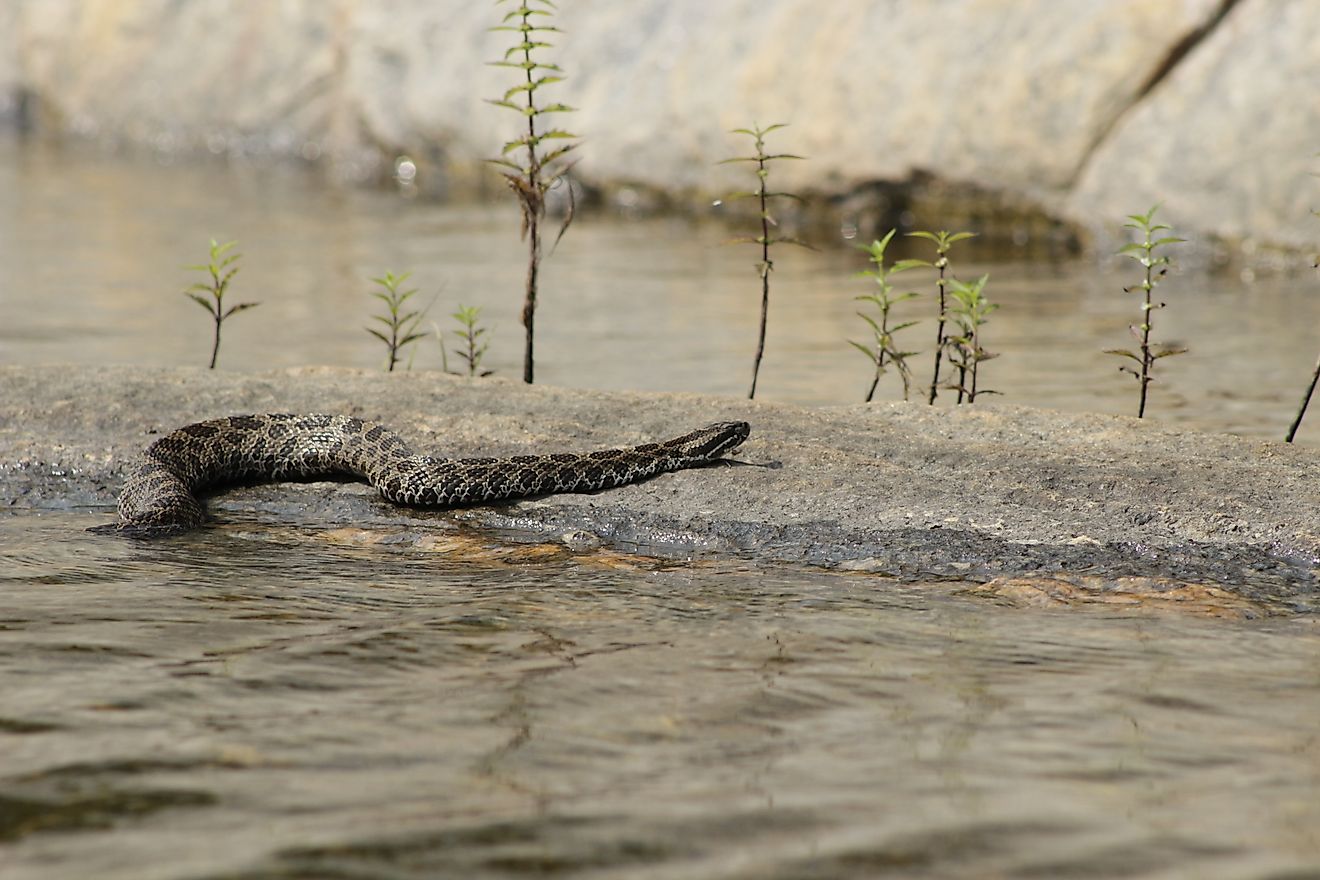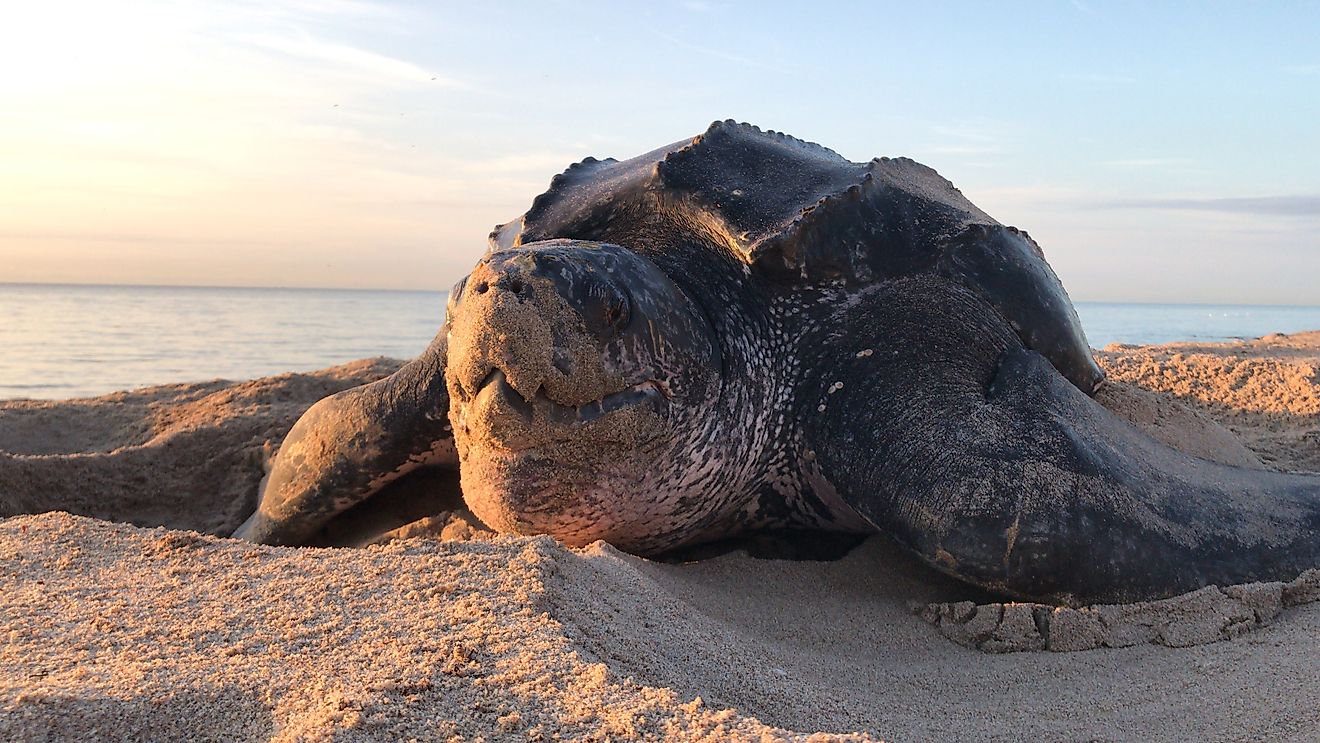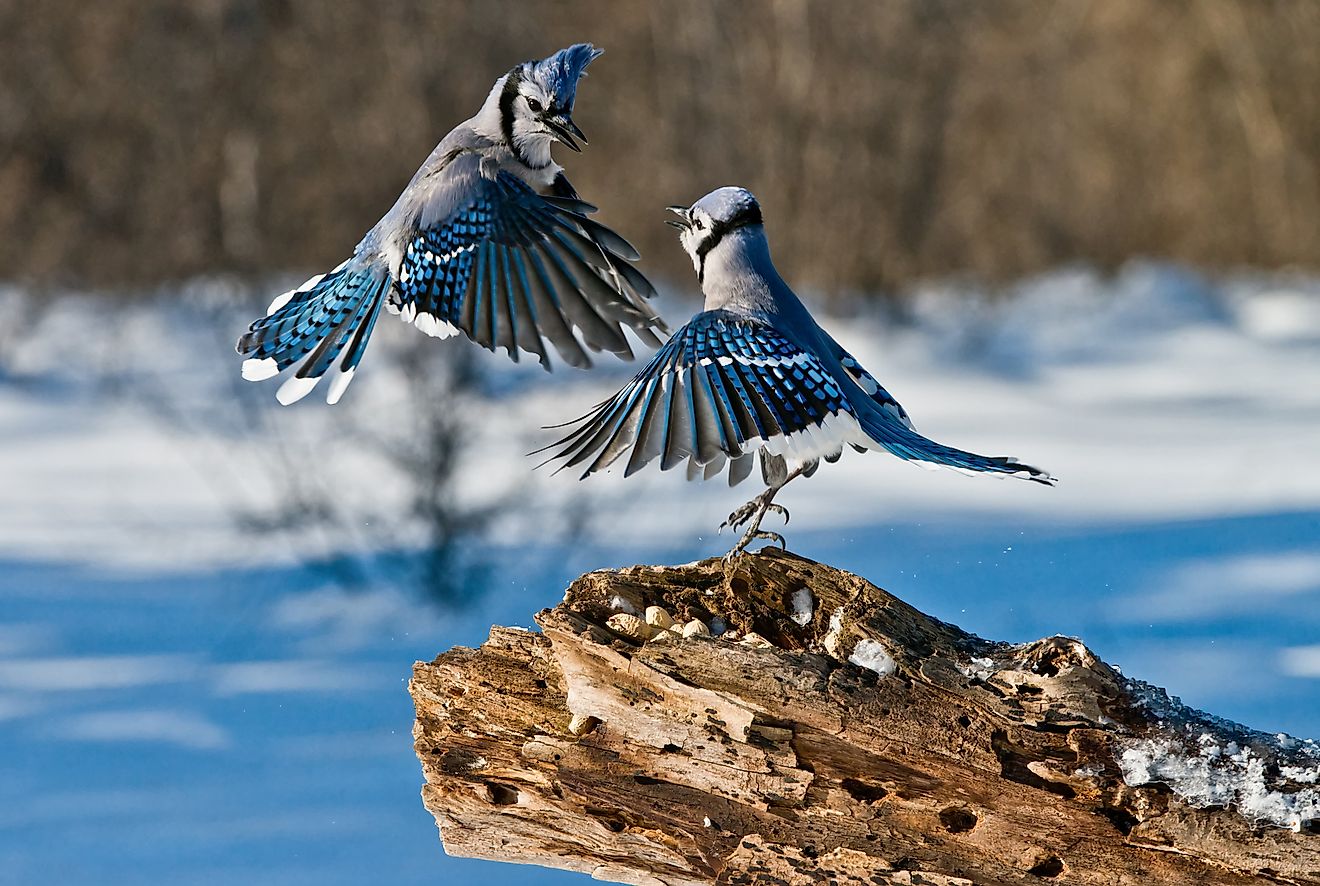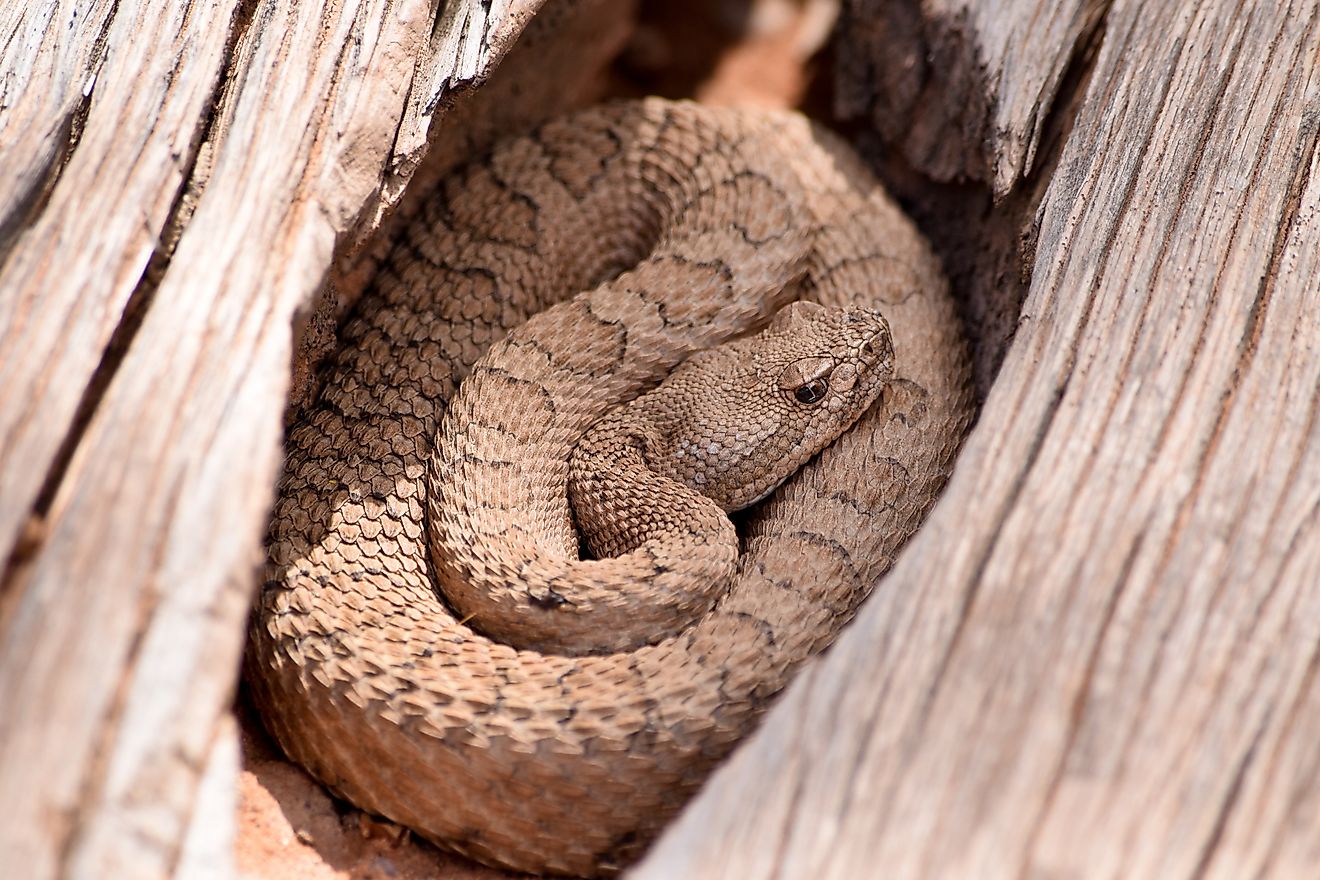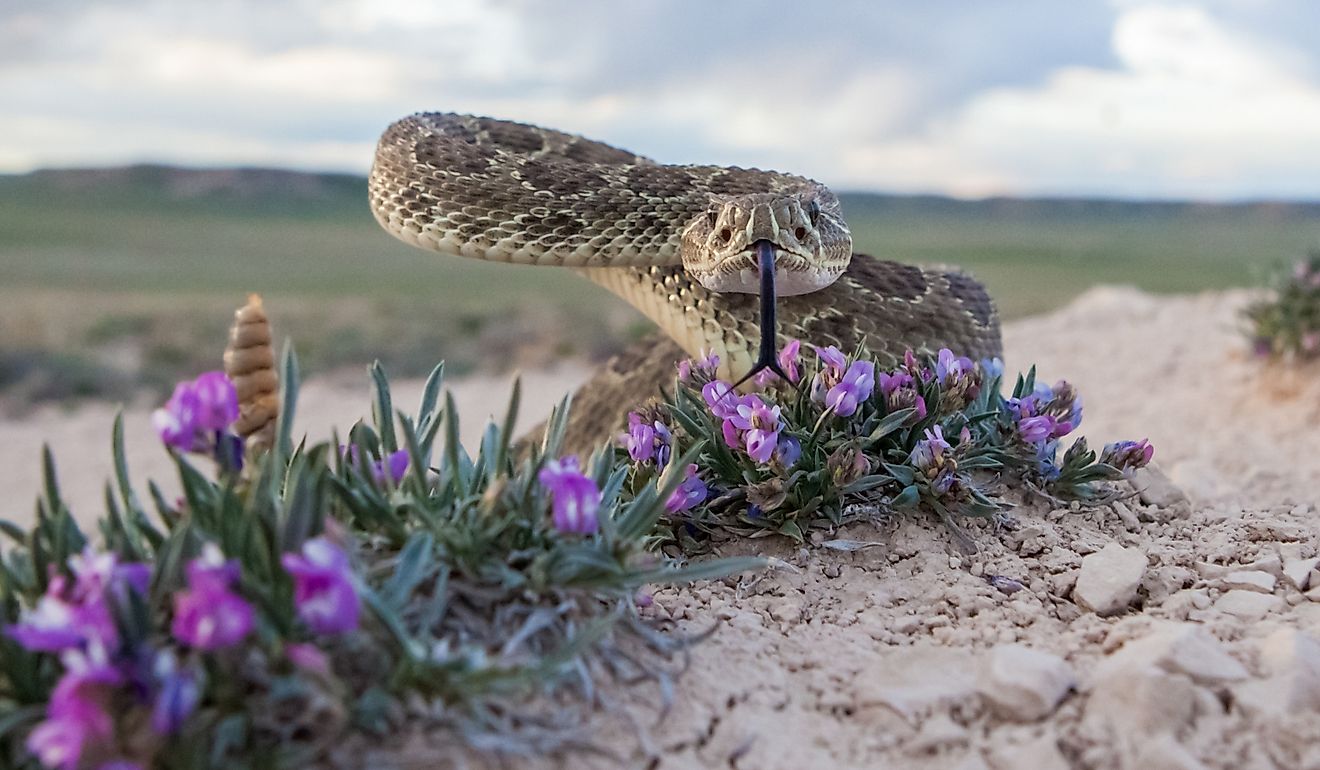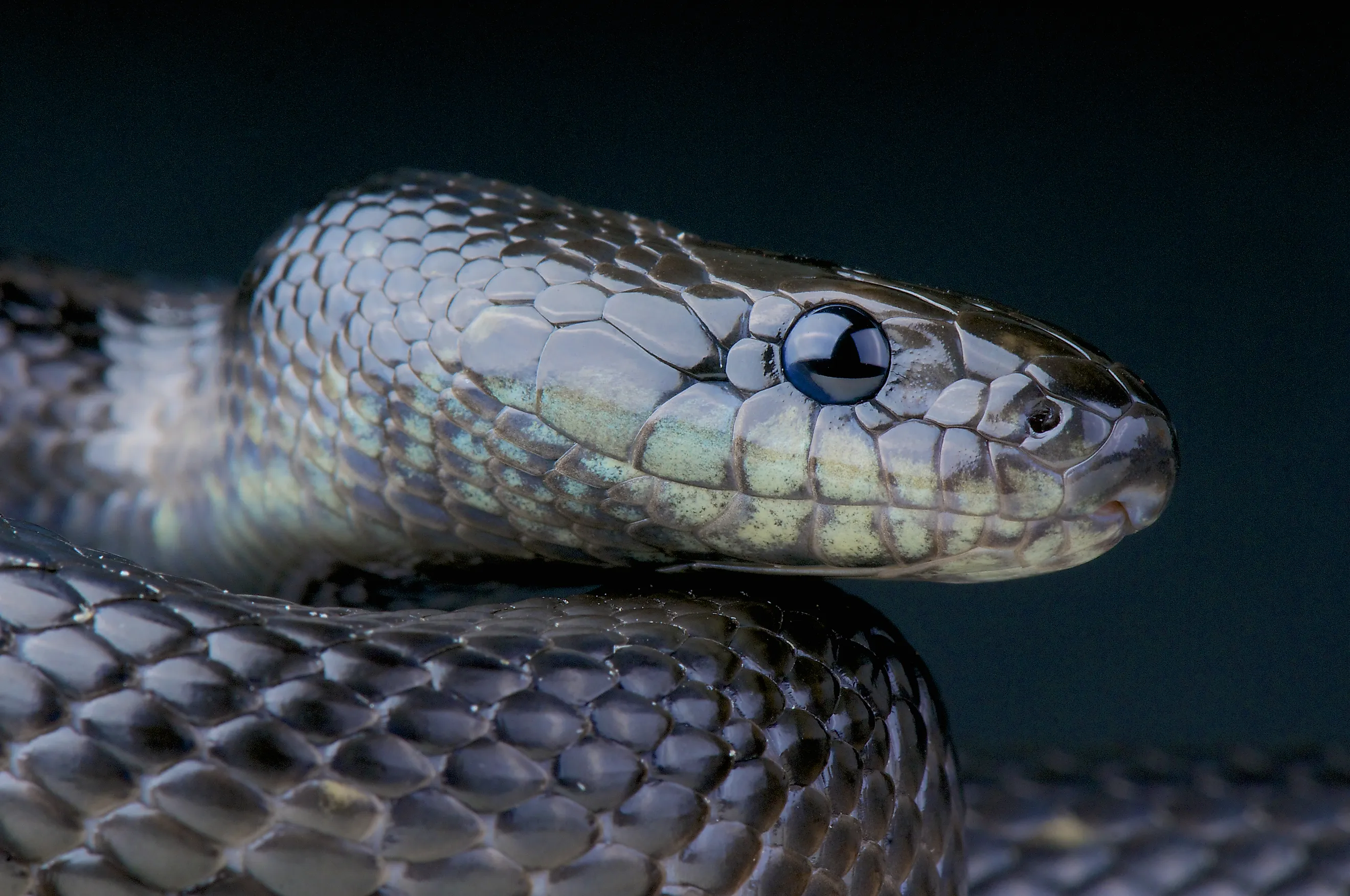
13 Most Snake Infested Areas In Pennsylvania
There are 21 reported native species of snake in Pennsylvania, and of these, only three are venomous: Eastern Copperhead, Timber Rattlesnake, and Eastern Massasauga Rattlesnake.
These snakes tend to inhabit riverbanks and wetlands, but when23243242342344their food sources become scarce, they will roam farther from their usual habitats, venturing into fields and forests in pursuit of small prey.
It is rare to come across snakes in urban areas, as there is little to sustain them; however, they can still wander into populated regions unintentionally. Locals and travelers may feel uneasy around these creatures, yet snakes are not malicious and, if left alone, will help manage local rodent populations. Below are some of the counties and areas in Pennsylvania where snakes are most prevalent. Read on to discover which species reside there and why their numbers are so high.
Lancaster County
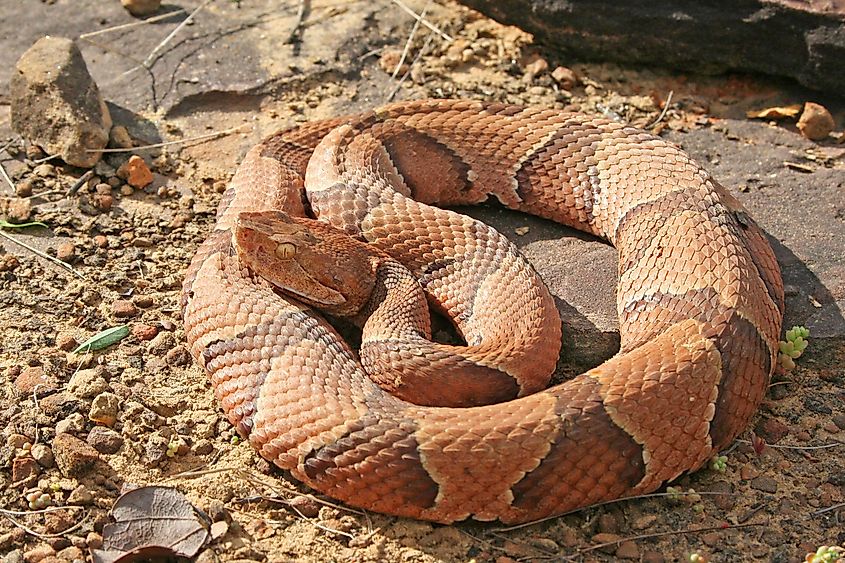
The Susquehanna River, which borders Lancaster County, offers the perfect humid climate and damp habitat for snakes like the Northern Watersnake and rare Northern Rough Greensnake, which are common to the area. The only venomous snake known to Lancaster County is the Copperhead.
A total of 791 snakes have been documented in Pennsylvania research surveys, but only 25 new records were entered this year. This decrease could be due to several factors, such as cooler average climates or human habitat disruption. Snakes in this region are crucial to maintaining the ecological status quo.
Philadelphia County
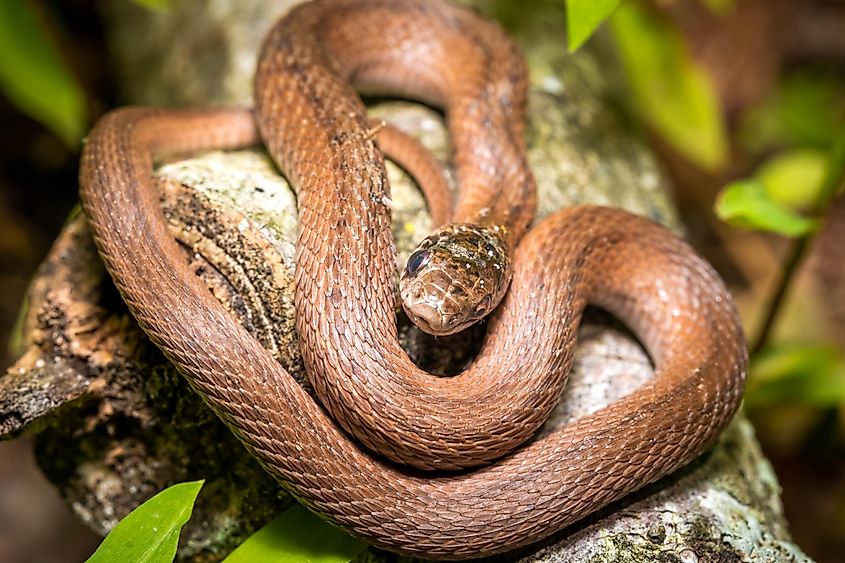
Philadelphia County, particularly John Heinz National Wildlife Refuge, has a humid subtropical climate perfect for snake habitation. The Eastern Gartersnake and Dekay’s Brownsnake are the most common out of the seven species documented in the region, none being venomous snakes. A total of 597 snakes have been documented, with only 42 from the year 2023.
The busy urban waterfronts mean snakes may be seen hunting mice around homes and docks. Researchers suggest that homeowners patch up openings and keep the grass cut low to deter snakes and rodents alike. Snakes around Philadelphia can often be frightening but can actually be very beneficial to society if left alone.
Delaware County
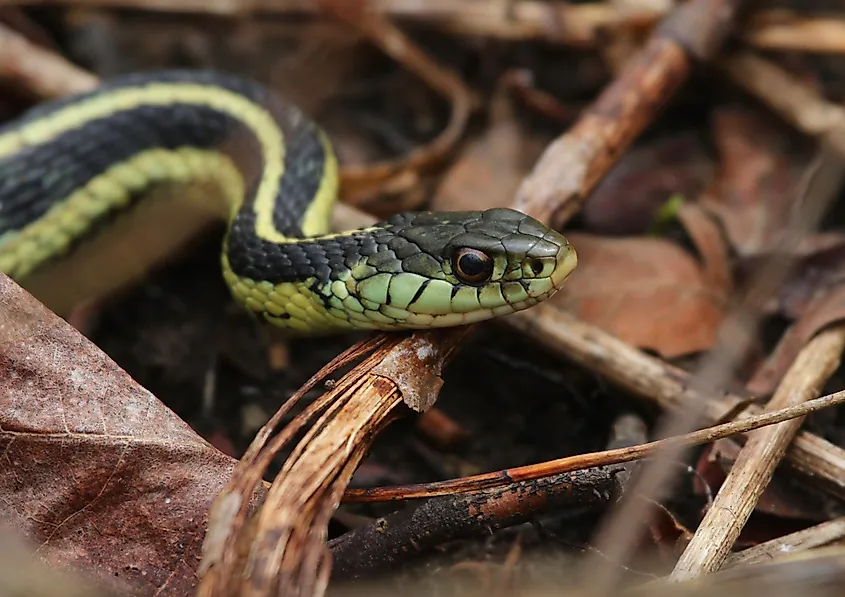
The Delaware River is home predominantly to Eastern Garter snakes, with 153 reported sightings, but has eight documented species of snakes in total. Researchers in the river have ever documented no venomous snakes. The water and humid climate have made an excellent habitat for snakes and have contributed to large populations in the past.
Destruction of natural habitats has led to a sharp decrease in the diversity of snake species, and further efforts to urbanize the landscape will likely continue to reduce the overall diversity of all amphibians and reptiles. Thankfully, there are still many nature reserves—such as Ridley Creek, Rose Tree, and Hildacy—that offer a refuge for these amazing animals.
Pike County
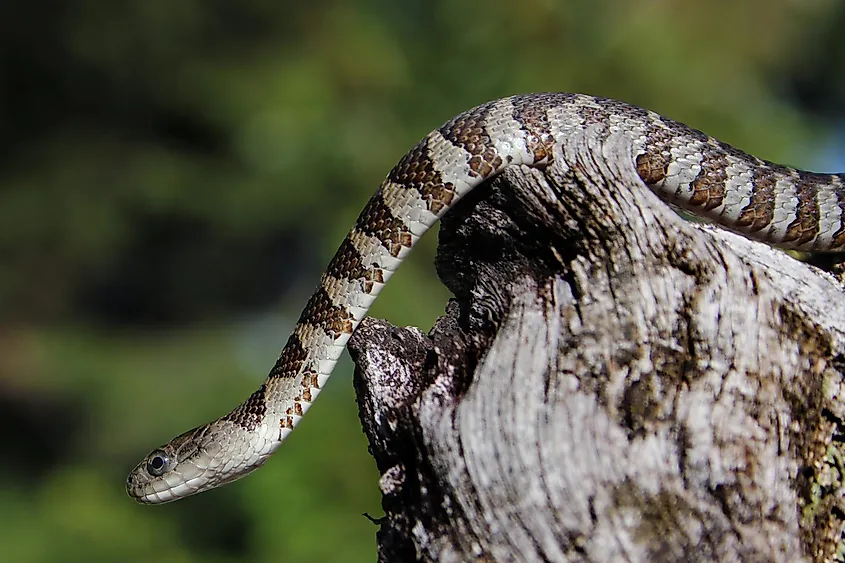
Pike County has many ponds, lakes, and wetlands teaming with snakes and other amphibians, but Lake Wallenpaupack is the most infested area in the region, with Northern Watersnakes being the most common in the lake. Wildlife experts caution against handling Northern Watersnakes as they are aggressive and have powerful jaws; while not venomous, their saliva does have anticoagulant properties.
Just as many venomous Timber Rattlesnakes have been documented in the area, they are generally more elusive and stay in more mountainous locations. Timber Rattlesnakes are not as aggressive as the Northern Watersnake, and reported bites are rare. Experts suggest that if a venomous snake bites someone, they should get treated as soon as possible and not apply ice or take any medications not prescribed by a physician.
Fear of these animals is common and understandable, but researchers hope to spread awareness and show people that snakes are essential to maintaining Pennsylvania’s wildlife and that coexisting with snakes is possible.
Warren County
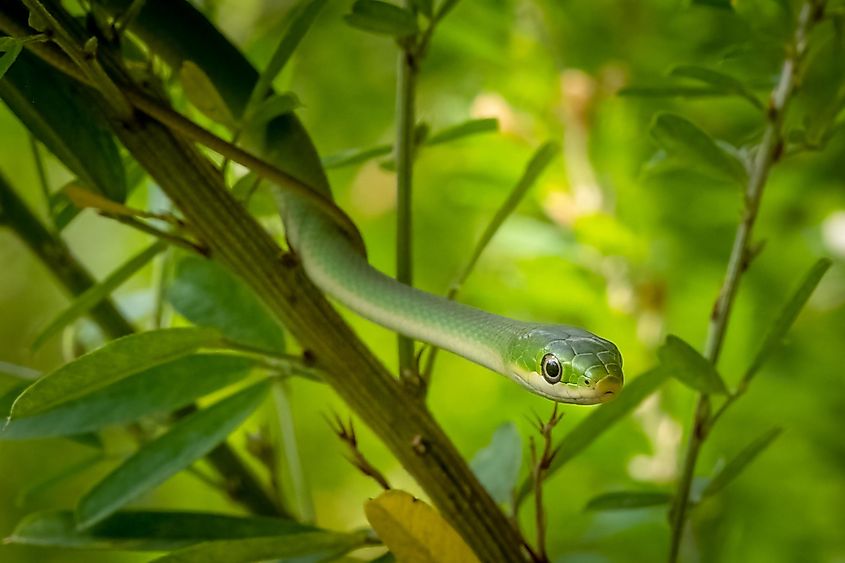
The Allegheny River in Warren County is one of the most snake-infested areas in Pennsylvania. Northern Watersnakes and Greensnakes can be seen slithering around the river quite often. Recently, there has been a rise in activity from Timber Rattlesnakes in the area, with seven documented cases in 2023 out of only 35 total accounts. Warren County has had 1,430 total documented snake sightings from research surveys, with a total of 11 different reported species.
One cause of high snake populations is the humid continental climate. Snakes, unlike mammals, cannot regulate their body temperature and, therefore, rely on warm weather to stay active for hunting. Because of their cold-blooded nature, snakes can sometimes be attracted to warm urban locations like radiators and chopped wood piles. Residents should try to keep any fuel evenly stacked 12 inches above the ground to deter snakes.
Union County
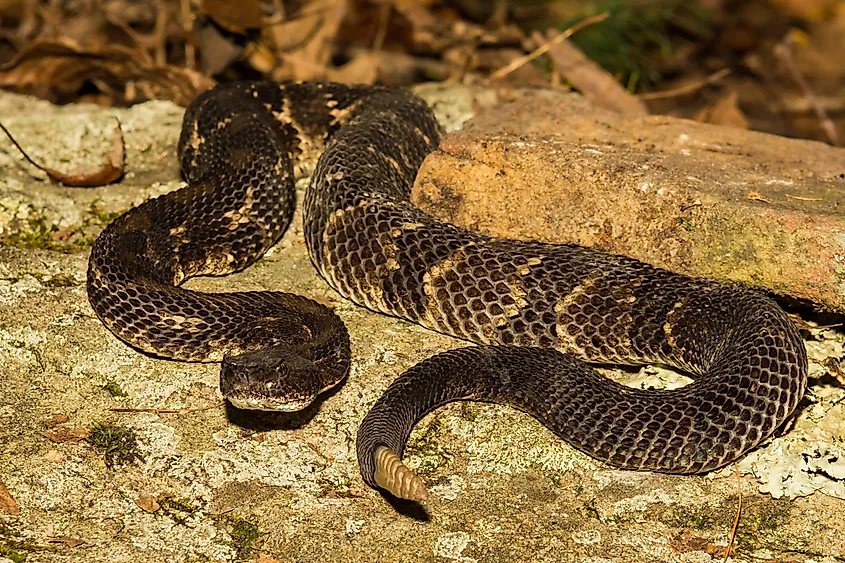
The mountains and hills of Union County, with heavy foliage, tree coverage, and rocky ground, offer great hiding places for Timber Rattlesnake, the most reported snake in the county with 67 total accounts. Timber Rattlesnakes like to nest in rocky outcroppings or old fallen trees. Always keep an eye out while hiking, as these snakes blend seamlessly with the environment. Eastern Copperheads can be found closer to the rivers and wetlands to the northeast.
The venom of Copperheads is among the lowest of all pit vipers but can still be lethal in high doses. While Rattlesnakes are far more venomous, Copperheads account for more snakebite incidents than any other venomous snake in the country. Between 7,000 and 8,000 people are bitten by venomous snakes in the US every year. This usually comes from improper handling or accidentally disturbing nesting snakes.
Chester County
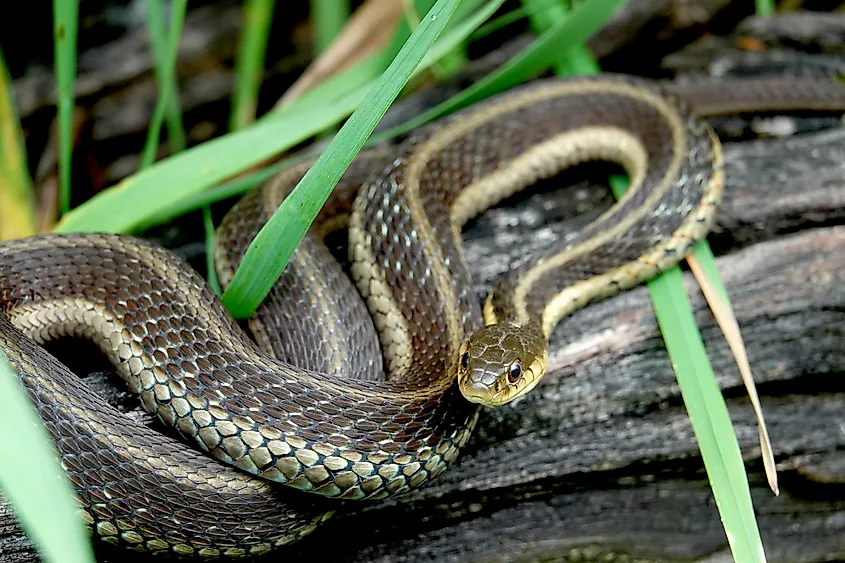
Schuylkill River in Chester County is a breeding ground for snakes like the Eastern Gartner snake and Timber Rattlesnake, but across the county, 13 species have been reported on, such as the Northern Ring-necked Snake and Eastern Ratsnake. There have been a total of 23 Eastern Copperhead spottings. A total of 914 sightings have been documented, but only 35 are from the year 2023.
The rodents in Chester County, such as the common house and field mouse, make for excellent prey to snakes, and because of rodents invading homes, snakes can sometimes be seen hunting them in urban areas. If allowed, snakes will provide a valuable service by hunting out these destructive and dangerous rodents. Mice can carry all kinds of diseases and parasites, while snakes cause very little damage to property and pose little to no risk to health.
Montgomery County
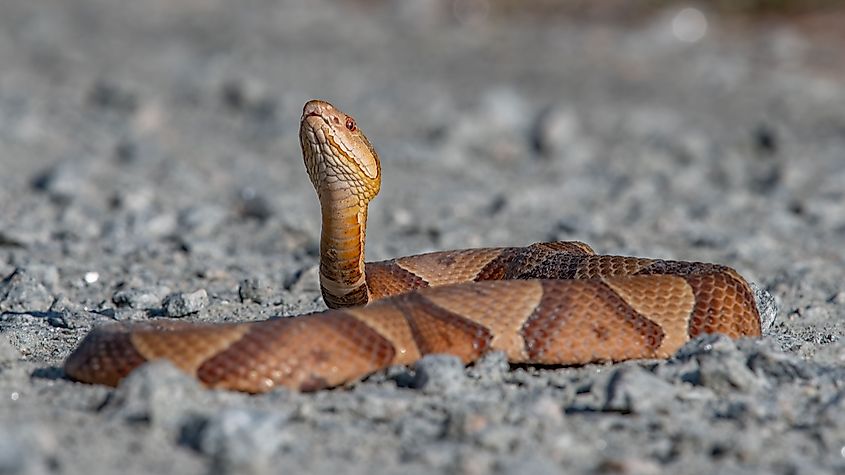
The Green Lane Reservoir makes for the perfect home and habitat for snakes, and indeed, Montgomery has had 1,030 confirmed sightings of 9 varieties of snakes. The most common are, of course, the Gartersnake and Watersnake, but there have also been many Eastern Milksnakes and Copperheads, which can often be confused with each other. The Milksnake is the most commonly misidentified snake in the state, even though Copperheads are easily identifiable by their coppery heads without markings.
Snakes in Montgomery County are usually found in and around ponds and rivers, but thanks to the Elmwood Zoo, residents can view all types of snakes, both native and foreign to Pennsylvania. The Zoo also offers education on the different kinds of snakes that can be found in the area and how to identify them.
Bucks County
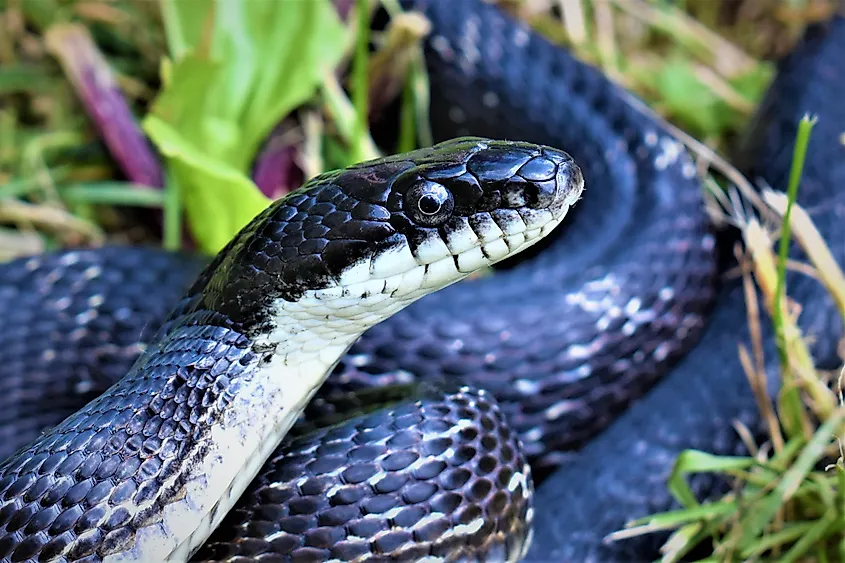
Bucks County has some of the highest numbers of documented snakes in the state, with 2,132 total sightings and 45 sightings in 2023 alone. Nockamixon State Park is the most common place to spot these snakes because of the humid climate and surrounding wilderness parks and game land. Hikers and hunters should be mindful of stepping around fallen trees or rocky surfaces, as these are the favorite homes of Black Ratsnakes and Northern Watersnakes.
The number of snakes found in Bucks County is linked to the amount of protected untouched land, but even with this, most sightings are of completely harmless Gartersnakes, which are gentle creatures that mostly eat insects and other small critters.
Venango County
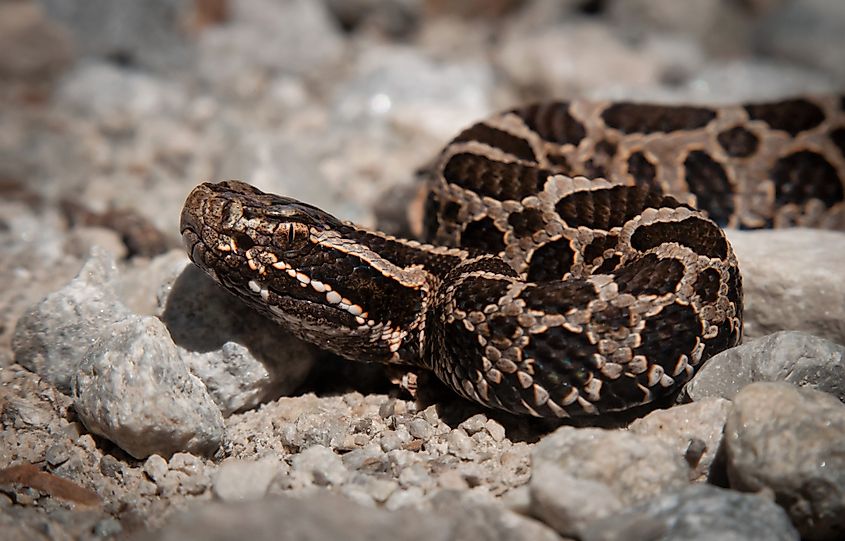
Venango County is covered in state game land, parks, and rivers, contributing greatly to the 1,951 sightings, which are some of the most varied snake species in the state. Among these sightings are 42 accounts of the rare and endangered Eastern Massasauga (AKA, Swamp Rattler), a type of Rattlesnake only found in a few Western Counties of Pennsylvania. However, there have not been any sightings of the Massasauga in many years. It is known to stay hidden in wet swamp areas.
Snakes like the Timber Rattlesnake and Pygmy Rattlesnake are protected under Pennsylvania law to conserve these essential creatures. Without these snakes, the county would face great ecological disasters as rodent populations would rise without their natural predators, causing issues in both rural and urban environments.
York County
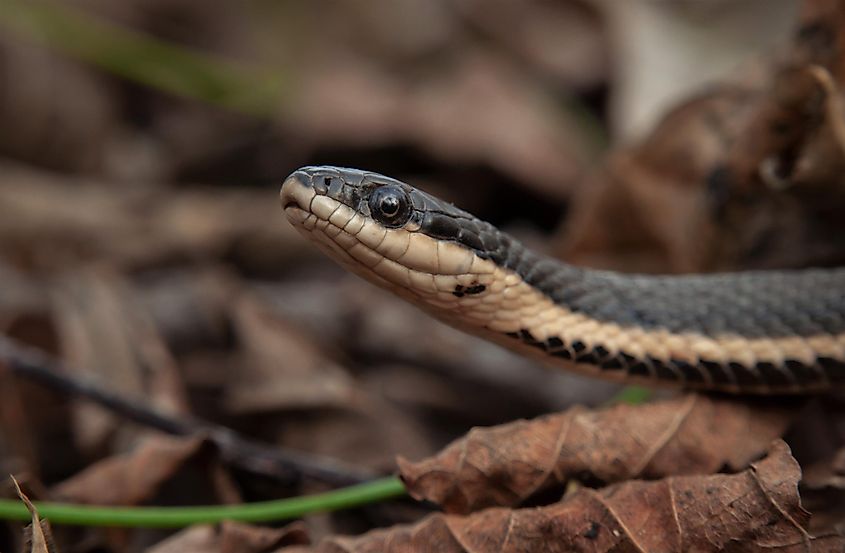
Gifford Pinchot State Park, a 2,338-acre park with fields, wooded hiking trails, and a large lake, makes for the perfect home to snakes of all kinds, from the common Watersnake, Gartner snake and Ratsnake to the elusive Wormsnake or Queensnake. There have only been 594 reported sightings in York County, but there are 13 confirmed species.
Conservation efforts in York have allowed for these snakes to thrive in protected parks and state game areas. Researchers continue to log new sightings regularly and encourage residents to volunteer and help preserve these wildlife areas.
Crawford County
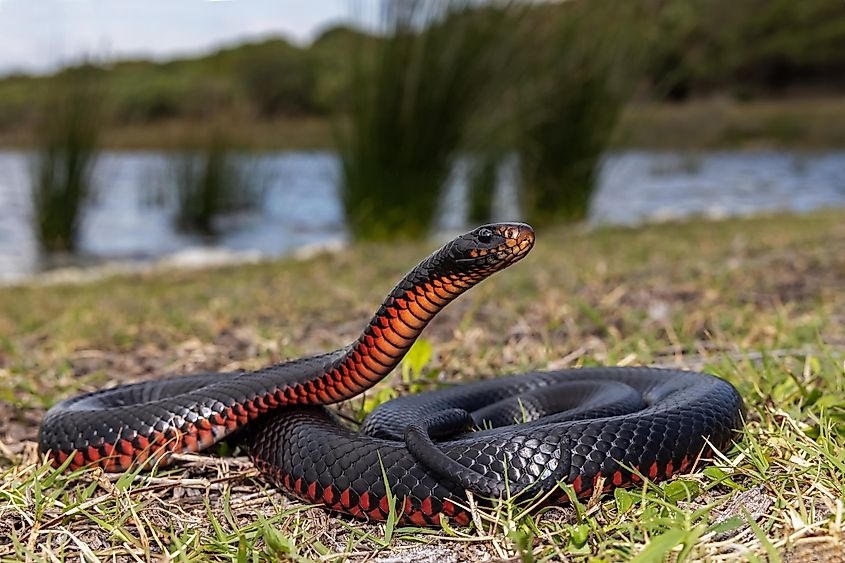
Crawford County has had 1,028 sightings of 12 different species across 1,012 square miles of land. Despite the perfect humid continental climate, no venomous snakes have been found in Crawford. One of the rarer snakes prevalent in the area is the Red-Bellied snake, a small snake that rarely exceeds 8 to 10 inches.
One of the most notable snake-infested locations in the Crawford area is the Pymatuning Reservoir, as it is the ideal habitat for amphibious snakes. The Linesville Fish Culture Station, located on the reservoir, is a fish and reptile hatchery managed by the Pennsylvania Fish and Boat Commission.
Erie County
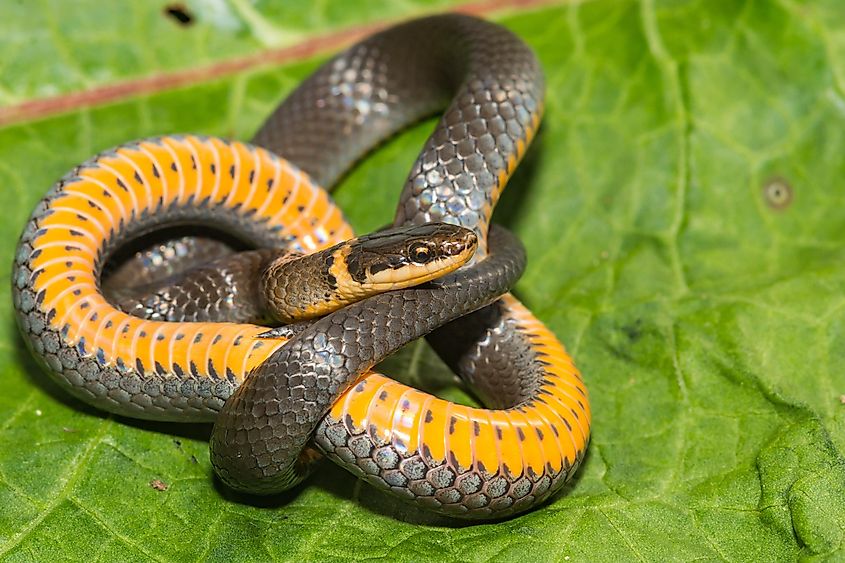
Lake Erie in Erie County is one of the most well-known places for snake sightings in Pennsylvania. Specifically, the Presque Isle State Park is known to house the common amphibious snakes of Pennsylvania, such as the Northern Watersnake. Many other snakes, like the Northern Ring-Necked Snake, enjoy the damp habitat and can be seen in mossy groves near the water.
No venomous snakes have been found in Erie County, and despite common belief, no water moccasins have been found anywhere in Pennsylvania; however, the common Northern Watersnake is often misidentified as such.
Snakes are a common animal in Pennsylvania and are most often gentle creatures that only wish to hunt for small insects and rodents. Snake bites are extremely rare, and those that do occur are usually accidents where a snake was startled into biting. Out of the only three venomous snakes in Pennsylvania, the Eastern Copperhead, Timber Rattlesnake, and the Eastern Massasauga, only a total of 448 sightings have been reported in these 13 counties since researchers first began documenting snake sightings in 2013.
These animals are extremely important to the overall conservation of Pennsylvania wildlife, not only as predators but as prey, too. Snakes are often seen as scary predators that go unchallenged, but the truth is they play a crucial part in the ecosystem as prey to large birds and turtles. People often fear snakes for their presence in media, but there is nothing to fear once people accept that these creatures are simply part of the ecosystem. Next time you see a snake slithering through the grass, take note of its coloring and shape and notify the researchers of your findings to help further conservation and research efforts.
